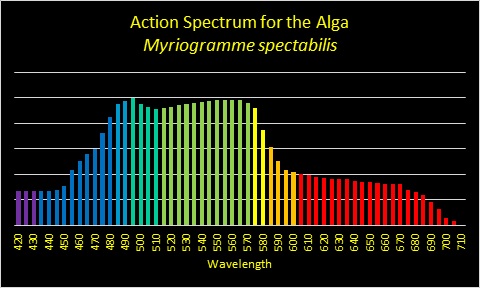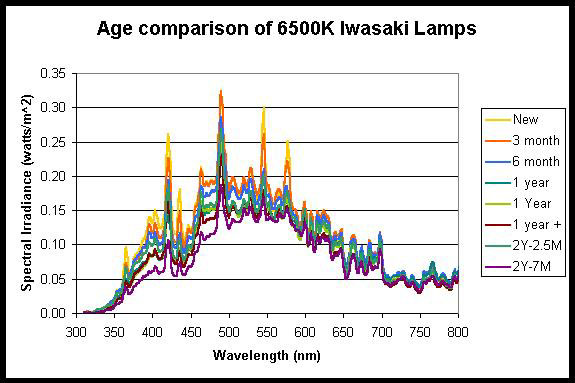- Joined
- May 6, 2016
- Messages
- 1,367
- Reaction score
- 2,175
Bottom chart is target spectrum for a reef tank. Provided in the article I linked earlier on reef cleanersI know it is not ideal! It's not supposed to be!!!
Also, what depth is the bottom chart referring to? and there is no relative intensity scale. . . what is "sunlight on the reef" peaking at?
Not saying you are wrong regarding the chart, just difficult to extrapolate conclusions without knowing the data points.

















